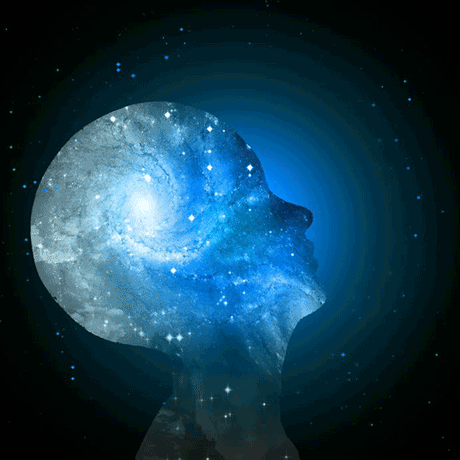| Online: | |
| Visits: | |
| Stories: |
Sparks of consciousness mapped in most detail yet
by Anil Ananthaswamy
New Scientist
HOLD that thought. When it comes to consciousness, the brain may be doing just that. It now seems that conscious perception requires brain activity to hold steady for hundreds of milliseconds. This signature in the pattern of brainwaves can be used to distinguish between levels of impaired consciousness in people with brain injury.
The new study by Aaron Schurger at the Swiss Federal Institute of Technology in Lausanne doesn't explain the so-called “hard problem of consciousness” – how roughly a kilogram of nerve cells is responsible for the miasma of sensations, thoughts and emotions that make up our mental experience. However, it does chip away at it, and support the idea that it may one day be explained in terms of how the brain processes information.
Neuroscientists think that consciousness requires neurons to fire in such a way that they produce a stable pattern of brain activity. The exact pattern will depend on what the sensory information is, but once information has been processed, the idea is that the brain should hold a pattern steady for a short period of time – almost as if it needs a moment to read out the information.
In 2009, Schurger tested this theory by scanning 12 people's brains with fMRI machines. The volunteers were shown two images simultaneously, one for each eye. One eye saw a red-on-green line drawing and the other eye saw green-on-red. This confusion caused the volunteers to sometimes consciously perceive the drawing and sometimes not.
When people reported seeing the drawing, the scans, on average, showed their brain activity was stable. When they said they didn't see anything, it was more variable. Now, Schurger and colleagues have repeated the experiment – using electroencephalography and magnetoencephalography, which measure the electrical and magnetic fields generated by brain activity. These techniques provide greater temporal resolution than fMRI, allowing the team to see how the pattern of activity changes over milliseconds within a single brain.
Read more »
Every Day is Earth Day
Source: http://www.riseearth.com/2015/04/sparks-of-consciousness-mapped-in-most.html





